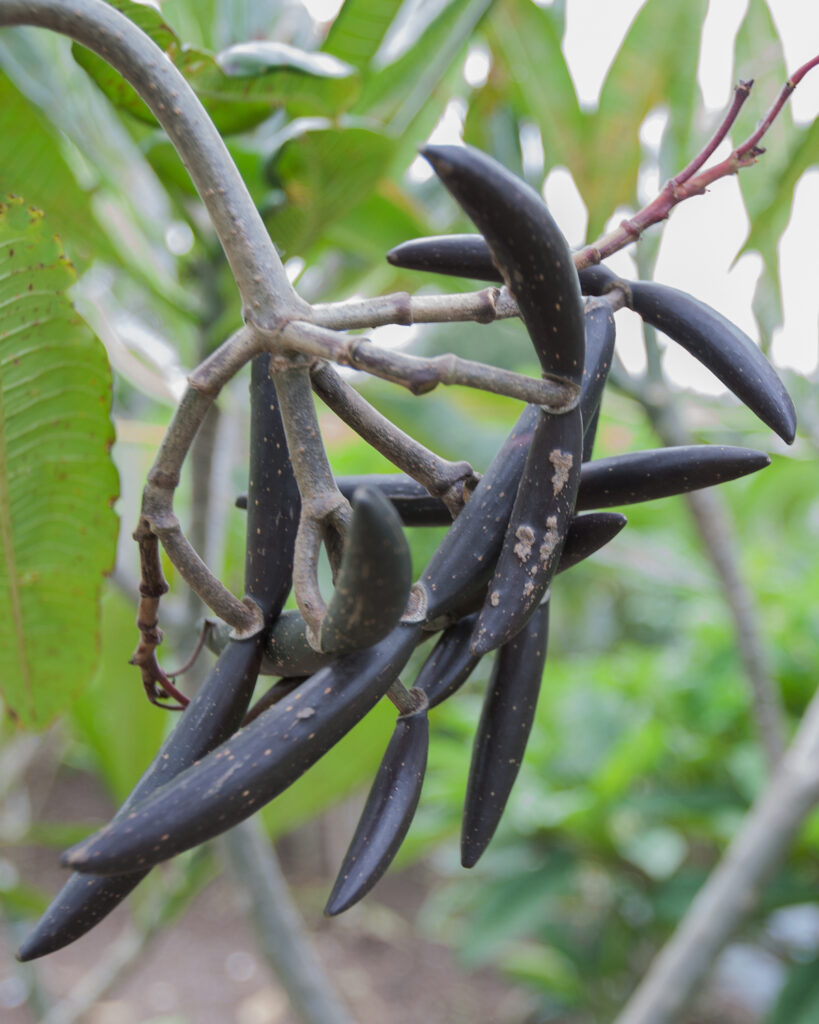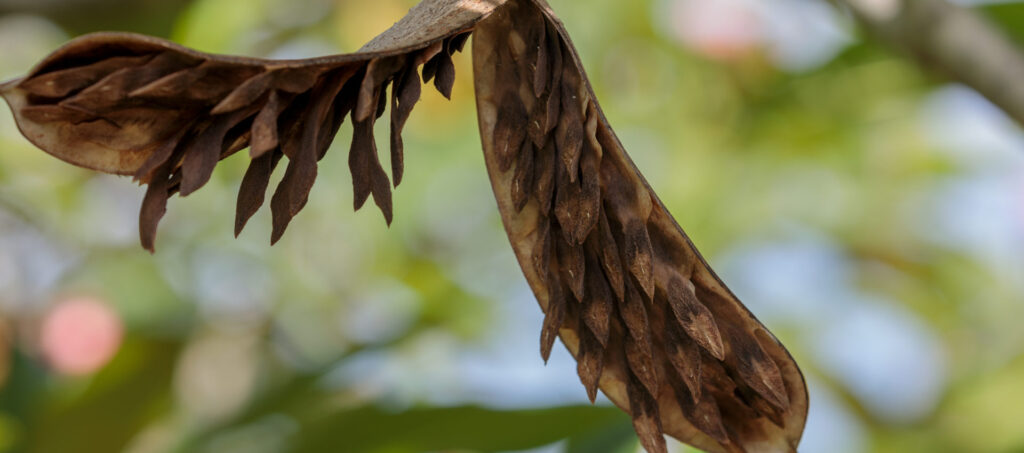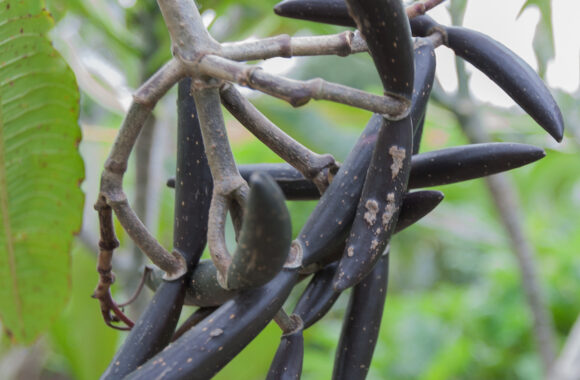Understanding Plumeria Seed Pods: A Comprehensive Guide
Introduction
Plumeria seed pods are fascinating aspects of these plants’ reproductive cycle. Understanding how they form, mature, and how to properly harvest and store the seeds is crucial for anyone interested in growing plumeria from seeds. This guide provides an in-depth look at plumeria seed pods, from pollination to seed collection and storage.
Formation of Seed Pods
Pollination:
- Plumeria seeds are formed when flowers are pollinated, either naturally by wind, insects like thrips or sphinx moths, or artificially by humans.
- Once pollinated, the flowers will fade, and seed pods begin to develop.
Growth of Seed Pods:
- Seed pods typically grow in pairs and can contain 25 to 60 seeds each.
- They resemble long beans and can vary in color and size, depending on the cultivar.
Maturation of Seed Pods

Timeframe:
- Plumeria seed pods generally take about 9 months to mature.
- They continue to grow even if the plant is in winter dormancy.
Signs of Maturity:
- As they mature, seed pods will discolor and start to crack along the seam, indicating they are ready to open.
Collecting and Harvesting Seed Pods
Monitoring and Covering:
- Cover maturing seed pods with netting or cheesecloth to catch seeds when they split open. Ensure the covering allows for air circulation.
- Most pods open in spring, but this can vary based on when pollination occurred.
Harvesting Time:
- If a seed pod has begun to crack, it’s safe to harvest. Let it open fully in a cool, dry place.
- Once open, allow the seeds to dry for a few days to prevent fungal or bacterial growth.

Storing and Planting Seeds
Storage:
- Store dried seeds in a dark, dry place if not planting immediately.
- Seed viability varies; some plumeria seeds are best planted immediately, while others can remain viable for years.
Viability and Germination Rate:
- Seed viability can last up to 10 years, but the average is around 3 years, with germination rates decreasing over time.
Cultivar Specifics
Variations in Seed Pod Production:
- Some plumeria cultivars are prolific seed pod producers, while others rarely produce pods.
- Examples like Scott Pratt and George Brown seldom produce seed pods.
Planting Fresh Seeds:
- Certain cultivars, such as Dwarf Singapore Pink and P. Stenopetala, may benefit from immediate planting.
Conclusion
Plumeria seed pods are a vital component of these plants’ life cycle. Proper understanding of their formation, maturation, and the methods of harvesting and storing seeds can greatly enhance the experience and success of growing plumeria from seeds. Observing and respecting the unique characteristics of different plumeria cultivars will lead to more successful cultivation.
Additional Resources
For more information on plumeria cultivation, visit horticultural websites or connect with plumeria enthusiast groups. These resources can provide further insights into the nuances of growing plumeria from seeds and caring for these beautiful plants.
